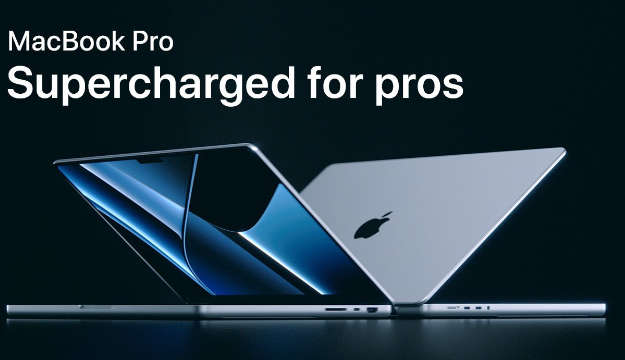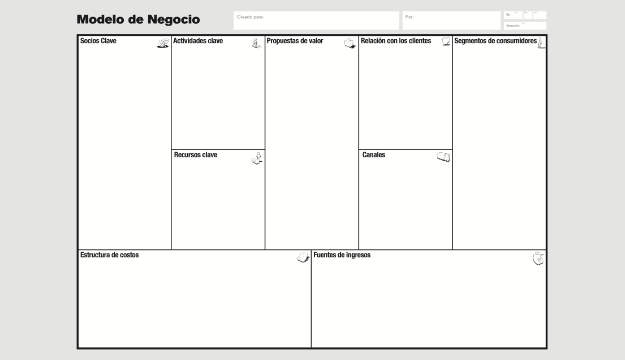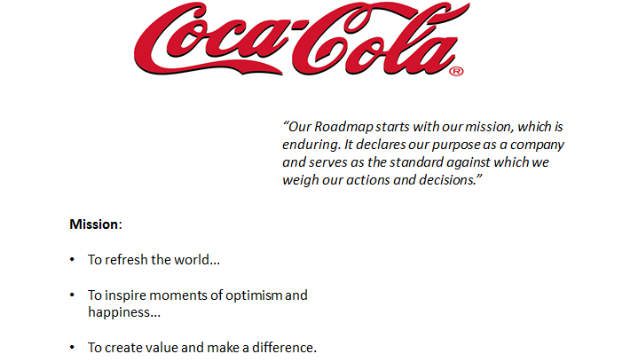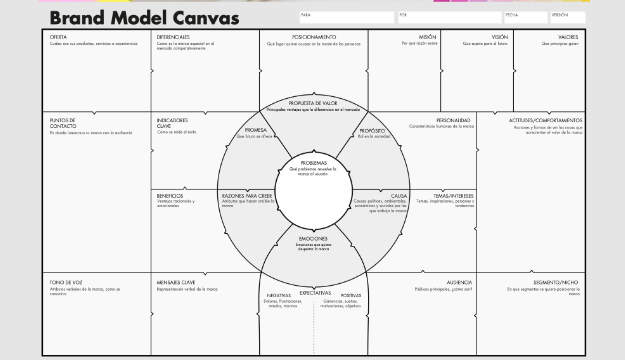
Your ego can hurt the company
A big ego can be a good thing in some situations….
It can give you the confidence to take risks and succeed.

But when it comes to running a company, a big ego can be a huge liability.
Here are some of the ways ego can hurt your company:
- Lead to poor decision-making. When executives are more concerned about their own reputation than the success of the company, they are more likely to make decisions based on emotion than logic. This can result in bad investments, missed opportunities and even financial ruin.
- Creating a toxic work environment. When executives constantly put themselves first, they can create a hostile and stressful work environment for their employees. This can lead to high turnover, low morale and decreased productivity.
- Damage the company’s reputation. When managers are seen as arrogant or self-serving, it can damage the company’s reputation with customers, investors and the general public. This can make it difficult for the company to attract new business and raise capital.
Here are some examples of how management ego has hurt companies:

- In 2008, Lehman Brothers CEO Richard Fuld refused to sell the company even when it was clearly in trouble. Fuld was so convinced of his brilliance that he believed he could turn the company around. But his ego led him to make a series of bad decisions that ultimately led to the collapse of Lehman Brothers.
- In 2016, Uber CEO Travis Kalanick was forced to resign after a series of scandals. Kalanick was known for his aggressive and demanding management style. He created a toxic work environment where employees were afraid to speak up. This eventually led to a revolt by Uber employees and investors.
- In 2018, Tesla CEO Elon Musk was forced to resign as chairman of the company. Musk had a history of making controversial statements and engaging in erratic behavior. This ultimately led to a shareholder revolt and a settlement with the Securities and Exchange Commission.
These are just a few examples of how executive ego can hurt companies.
If you are a manager, you must be aware of the dangers of ego and take steps to keep it under control. Otherwise, you may jeopardize your company.
Here are some tips to keep the ego at bay:
- Be humble. Remember that you are not the only person who matters. There are other people just as smart and talented as you.
- Be receptive. Don’t be afraid to listen to what others say, even if you don’t agree with them.
- He’s willing to admit you’re wrong. It’s okay to make mistakes. The important thing is to learn from them.
- You are willing to give credit where credit is due. Don’t take all the credit for success. Share the credit with your team.
If you follow these tips, you will be able to control your ego and contribute to the success of your company.





















